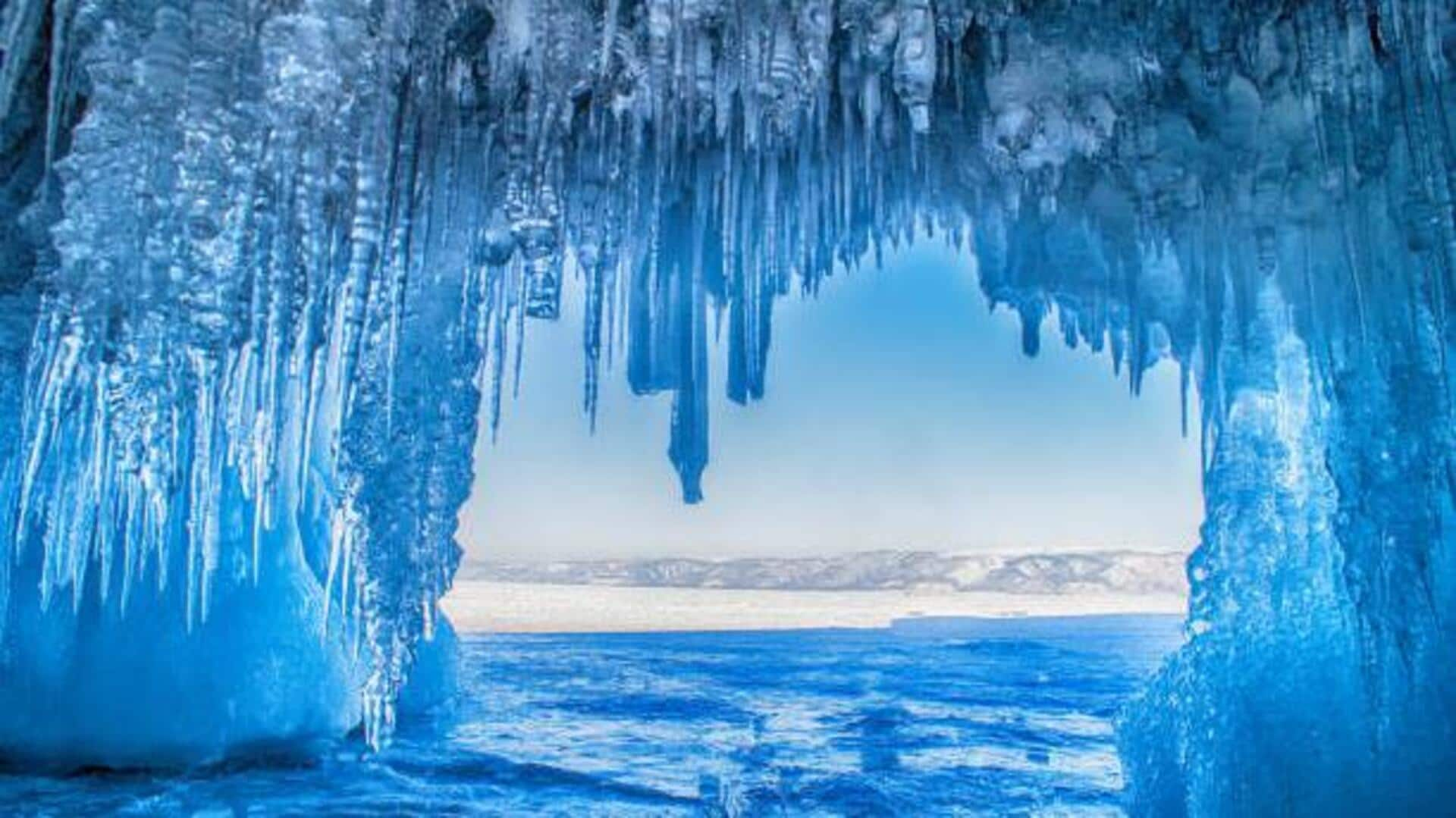
How to explore Iceland's ice caves safely
What's the story
Iceland presents a one-of-a-kind adventure with its hidden ice caves, created by melting glaciers. However, these natural beauties require a daring spirit, and most importantly, proper guidance for them to be explored safely. Here's practical advice for adventurers excited to delve into Iceland's icy secrets. We focus on the best time to visit, must-have gear, safety precautions, cave formations, and photography tips.
Timing
Best time to visit the ice caves
The best time to visit Iceland's ice caves is winter, when they are the most stable. From November to March, the temperatures make it safer to explore as the ice doesn't melt or shift unexpectedly. It is also during this time that you can see the ice in their full vibrant blue hues. Visiting these months makes it a more secure and stunning experience.
Equipment
Essential gear for ice cave exploration
Proper gear is imperative while heading into Iceland's ice caves. You'd need waterproof clothes as it gets wet inside the caves. Sturdy boots with a good grip would help you walk on slippery surfaces safely. Helmets and crampons are usually provided by tour operators, but it's always wise to confirm this in advance. A reliable flashlight would enhance visibility in darker areas of the cave, so you don't miss out on any breathtaking formations.
Precautions
Safety measures while exploring
Safety should be your number one priority while exploring ice caves in Iceland. Always join guided tours with experienced professionals who know cave dynamics well. Guides provide necessary safety equipment and ensure that everyone follows protocols to minimize risks of shifting ice or unexpected changes in weather. Listening carefully to instructions from guides can go a long way in keeping you safe during these adventures.
Geology
Understanding ice cave formations
How exactly do these ice caves form though? Well, the caves are formed through complex geological processes involving glaciers and volcanic activity beneath them. As glaciers move over volcanic terrain, heat from below melts parts of them, creating cavities that evolve into these spectacular caves over time. This is due to further melting and refreezing cycles within these spaces each year, resulting in ever-changing formations that captivate explorers worldwide.
Photography
Tips for capturing stunning photos
Capturing photos inside an ice cave is a bit tricky due to difficult light conditions. Naturally occurring reflections of light from icy surfaces offer some amazing photographic opportunities. Using cameras that can handle low-light conditions can get you better results. Experimenting with angles (keeping safety boundaries set by guides in mind) can help you capture some mesmerizing images. It will keep you and the environment safe.